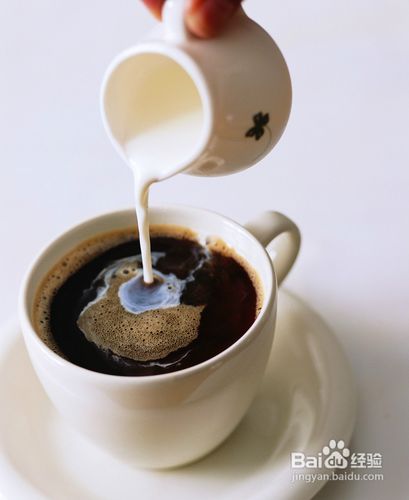Colombian coffee beans with the same treatment method of water washing introduce fine coffee.
In Tolima province, there are north-south Andes (M. Andes) and Cordillera (M. Cordillera), and between the two famous mountain systems is the Magdalena River (R. Magdalena), which runs from south to north.
The name Tolima comes from the earliest people who lived here, "Pijao people". In the language of this ancient people (Pijao word), tolima means "snow cover" and "snowed". It is not difficult to imagine that this distant land will also be home to high-quality coffee.
Columbia Coffee region: Colombia Volcan de Tolima, Tolima
Tolima, adjacent to huila and cauca, is an area where many coffee-producing pilgrims need to make up their minds to travel. The road conditions here are not very ideal, and some of the talented people who have visited tolima all describe the bumps and hardships on the way to the car shop in their travels.
The farms in Tolima are generally slightly larger than those in other southern Colombian producing areas, ranging from 10 to 15 hectares. The cooperative approach is also popular here, where farmers send their small batches of fresh coffee and fruit to the cooperative's processing plant. Some farmers will also choose to deal with it on their own, making use of their own small-scale treatment facilities that can handle the harvest of the day. Carefully processed raw beans can be negotiated according to the cup test results, and a few batches that are outstanding will be kept as "micro batches", microlot, and sent to Bogota, the capital, for further cup testing. The rest of the raw beans are generally mixed and sold according to the cup test flavor.
Like other Colombian regions, the classic treatment here is water washing, that is, wet treatment. Sun drying

Important Notice :
前街咖啡 FrontStreet Coffee has moved to new addredd:
FrontStreet Coffee Address: 315,Donghua East Road,GuangZhou
Tel:020 38364473
- Prev

What kind of coffee does Panama Jade Manor produce? Rosa Coffee introduces boutique coffee.
Panamanian Emerald Manor is famous for its Geisha variety. Rose summer seeds were discovered in the rose summer forests of Ethiopia in 1931 and sent to the Coffee Institute in Kenya, and then introduced to Uganda, Tanzania and Costa Rica, all mediocre. It was not until it was transplanted to Panama in the 1960s that it became a blockbuster after nearly half a century. 2005, 2006 and
- Next

Introduction to Costa Rican Fenghuang Coffee treated by washing
Costa Rica mostly uses water washing treatment, and in recent years there has also been an alternative half-sun treatment (Miel) or Honey Coffee, which can be translated as sweet as honey treatment. The coffee that Costa Rica boasts is as sweet as honey, but it is quite eye-catching when it is Honey Coffee on the sacks. It has improved the Brazilian half-sun method to increase sweetness, with the emphasis on keeping the sticky beans as intact as possible.
Related
- Does Rose Summer choose Blue, Green or Red? Detailed explanation of Rose Summer Coffee plots and Classification in Panamanian Jade Manor
- What is the difference between the origin, producing area, processing plant, cooperative and manor of coffee beans?
- How fine does the espresso powder fit? how to grind the espresso?
- Sca coffee roasting degree color card coffee roasting degree 8 roasting color values what do you mean?
- The practice of lattes: how to make lattes at home
- Introduction to Indonesian Fine Coffee beans-- Java Coffee producing area of Indonesian Arabica Coffee
- How much will the flavor of light and medium roasted rose summer be expressed? What baking level is rose summer suitable for?
- Introduction to the characteristics of washing, sun-drying or wet-planing coffee commonly used in Mantenin, Indonesia
- Price characteristics of Arabica Coffee Bean Starbucks introduction to Manning Coffee Bean Taste producing area Variety Manor
- What is the authentic Yega flavor? What are the flavor characteristics of the really excellent Yejasuffi coffee beans?

